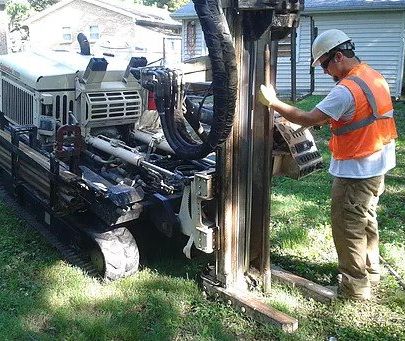To be honest, removing a heating oil tank is a costly process. It can range from $1000 to $4000. But it is still far cheaper than dealing with expensive oil spills. An unused heating oil tank is more problematic than a working oil tank. It will be going to erode at some point. And if oil leaks and spills occurred, the remedy of this environmental pollution may cost you thousands of dollars.
The cost of oil tank removal depends on various factors. Today, we will learn about the things that you should know about oil tank removal cost in NJ.

1. The cost of removing an underground heating oil tank is more than the above-ground heating oil tank because it has to dig. Location of the underground oil tank also plays an important role in determining the cost. If an underground oil tank is accessible by the equipment, then the cost of digging a tank will be less. But, if your tank is at a location where equipment cannot reach, and the tank has to dig manually, obviously it will cost you a little extra.
2. Size of the tank also plays an important role in determining the cost of oil tank removal. Oil tank removal process involves cutting the tank into smaller pieces and removing them. Smaller tanks cost less than larger tanks. A typical underground residential heating oil tank is either of 550 gallons or 1000 gallons, and above-ground tanks are of 275 gallons. So the cost of oil tank removal varies as per the size of a tank.
3. Another important factor which decides the oil tank removal cost in NJ is the orientation of the tank. The removal cost of a horizontally constructed tank is lesser than the vertically constructed tanks.
4. Content in the tank is part of the price of tank removal. The type of content in the tank decides the price of tank removal. Content inside the tank needs to be disposed of safely. If there is oil in the tank, there are no additional charges. If water is stored in the tank, then you have to pay per gallon for pumping out the water. Some non-operational tanks are filled with sand. If they are decommissioned properly, there are no additional charges. If a tank is filled with concrete, then it will be going to charge you a little extra.
5. You cannot remove a heating oil tank without granting permissions from local authorities. You need a permit from the local fire department to remove the residential heating oil tank. The permit fee is the part of the tank removal cost and varies from state to state. In some cases, a traffic officer is also required, and traffic officer charges per hour. So that will also be included in the price of oil tank removal.
6. It is always advised to hire an oil tank removal contractor that offers services at a fixed price. Many contractors provide low quotes to attract clients, but there are many hidden charges involved. So when you decide to hire an oil tank removal contractor for removing an oil tank, it is always advised to get quotes from three to four contractors and try to hire a contractor that offer services at a fixed price to avoid last minute surprises.
So these are the six key things that you should know about oil tank removal cost.
The Bottom Line
Removing a residential heating oil tank is an expensive affair. There are various reasons why people want to remove the heating oil tank including selling the house, switching to advanced methods of heating, changing the size of an oil tank or replacing the old leaking oil tanks. So before you hire an oil tank removal contractor, make sure your oil tank removal cost in NJ is calculated correctly.

 March 26th, 2019
March 26th, 2019  Arnold
Arnold  Posted in
Posted in 